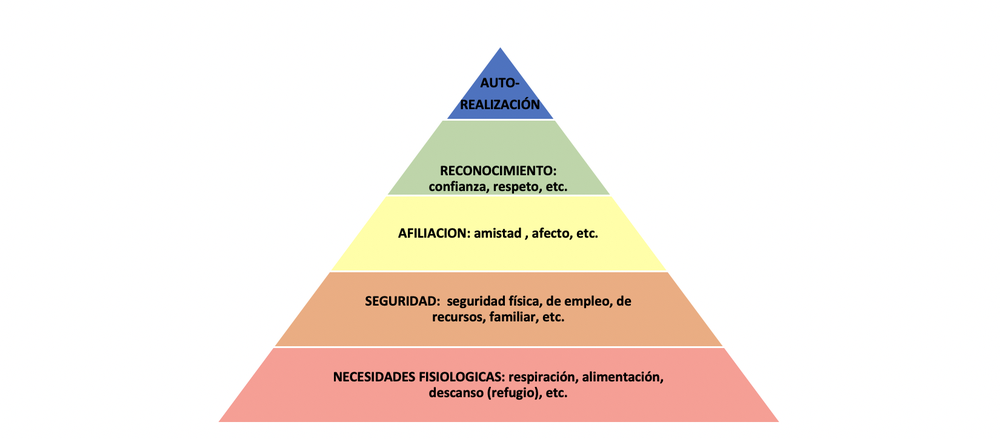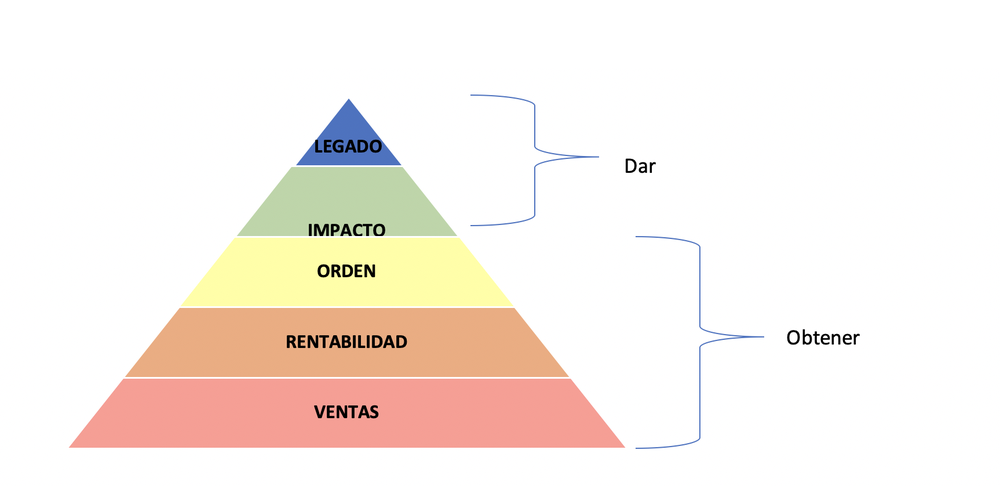Recently Mike Michalowicz , one of the most prominent authors on entrepreneurship and small and medium-sized enterprises ( SMEs ), launched his new book Fix This Next , which we could translate as Solve This First . Mike is the author of best-selling books such as The Pumpkin Plan , Profit First , Surge , among others. Personally, he is one of the authors that I recommend the most for the powerful tools he creates and proposes, always taking into account the very particular context of SMEs.
I met Michalowicz because Michael E. Gerber, author of the book The Myth Revisited (The Myth of the Entrepreneur, why most SMEs fail and what to do about it) – another author that I recommend for any owner of an SME-, suggested it .
The author tells us that one of the main problems in SMEs that he has studied in the last 20 years is that they do not precisely know what their main problem to solve is. In other words, there are always so many things to fix and improve that SME owners miss out on being able to prioritize which area or problem to attack first, which one later, etc.
For this, Michalowicz proposes a very simple and practical tool, but very powerful, which is a pyramid of the basic needs of SMEs, making an analogy with the famous pyramid of the hierarchy of human needs that the psychologist Abraham Maslow proposed in 1948 in his book A Theory of Human Motivation .
To have the context of Maslow’s Pyramid I comment it below. The order goes from number one of the most basic needs to number five of the transcendental needs:

- PHYSIOLOGICAL NEEDS: Breathing, feeding, rest (shelter), etc.
- SECURITY: Physical, employment, resource, family security, etc.
- AFFILIATION: Friendship, affection, etc.
- ACKNOWLEDGMENT: Trust, respect, etc.
- SELF-REALIZATION: Transcend, leave a legacy.
Part of Maslow’s theory tells us that it is difficult to reach the upper levels of the pyramid when the lower levels have not been satisfied. This means that a person will hardly think about how to achieve recognition, respect and so on if they lack breath or food to survive.
Michalowicz made an analogy with Maslow’s pyramid and created the Pyramid of Basic Needs of an SME:

- SALES: Includes the sales process until the actual collection of the sale.
- PROFITABILITY: Efficient use of income (sales) to cover all costs, expenses, etc. of the company including the adequate salary for the owner or owners of the SME and the profits that the company should have.
- ORDER: Professionalization and standardization of processes.
- IMPACT: Positive impact generated towards all stake holders (clients, collaborators, SME owners, etc.)
- LEGACY: Generate a positive impact towards everyone, towards society, etc. permanently.
What Michalowicz proposes is to focus on having a balance in the pyramid, which although it will never be perfect, it must be balanced. The entrepreneur will focus on the level of the pyramid that is most unbalanced at a certain moment, without losing sight of the fact that the bases of the pyramid must be strong. For example, a company may be selling a lot, but it is not being profitable. With this, the pyramid would be unbalanced in the second level from the bottom up (PROFITABILITY) and it would be necessary to focus at this time on that aspect of the SME. On the other hand, there may be companies that are too focused on LEGACY, but have very weak foundations. That is, they do not have enough sales, profitability and order.
Here it is important to clarify that this does not mean that you only have to focus on one area and do nothing with the rest of the levels of the pyramid until it is “complete”. However, this tool will help you evaluate how balanced the basic needs are in your SME to be clear about where most of the company’s efforts should be focused.
Once we balance that level of the pyramid or aspect of the company, then we focus on the next level (either up or down depending on the imbalance we have at that moment) and so on in a continuous improvement approach of each level.
For example, a company can do a quick analysis and see that although the company is selling and earning well (first level of the pyramid), it may be having profitability problems. So here we have to put all our creativity to lower costs and expenses. It can also happen the other way around: the company is very efficient in the use of its resources, but it is not selling enough. So here you will have to focus as a priority in the sales area.
Remember: this does not mean that you do not continue working in the other areas, in the other levels of the pyramid, but the important thing here is that you are clear at all times what the priority, the focus, of your company should be at this time. And if we use the very useful tool of the Pareto Principle , we could establish that between 70 and 80% of the time and activities of the people in the company have to be dedicated to the area or level of the pyramid that needs more focus at those times and the rest of the time, focus and resources (between 20 and 30%) to the other areas.
I hope this tool helps you to put it into practice. Always keep the pyramid in view and be clear about the area that needs more attention in your SME and make sure that the resources are appropriately distributed to meet the priority that your company needs at this time.
The post What ‘hurts’ your business? Find out with the Maslow Pyramid of SMEs appeared first on Entrepreneur and is written by Rodrigo Ladagga
Original source: Entrepreneur




